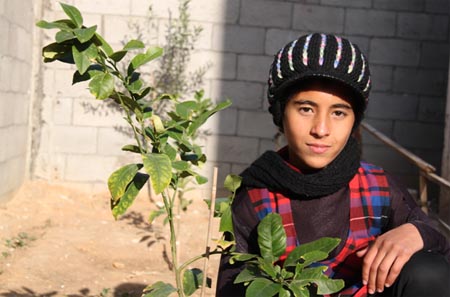Tag: Samouni family
-
5 January 2009: Amal al-Samouni
5 January 2012 | Palestinian Center for Human Rights “I have constant pain in my head, eyes and ears. I have been having nose bleeds for the past three years. I can still feel the shrapnel move inside my brain” On 4 January 2009 at around 6:00 Israeli forces surrounded the house where Amal al-Samouni (11)…
-
Samouni family responds to Goldstone backtrack on Israeli war crimes
6 April 2011 | Ken O’Keefe During Operation Cast Lead Israel committed massive war crimes for all the world to see. Among these crimes the use of White Phosphorus in densely populated areas, use of Depleted Uranium, bombing civilian targets of all sorts without military necessity, destroying civilian infrastructure with no military justification and the…
-
Daily life in Gaza
4 February 2011 | Nathan Stuckey, International Solidarity Movement Gaza After spending six weeks waiting in Cairo I entered Gaza two weeks ago. I never would have guessed that Egypt would explode so soon after I left. Congratulations to the people of Egypt. The trip from Cairo to the border at Rafah was uneventful; we…

